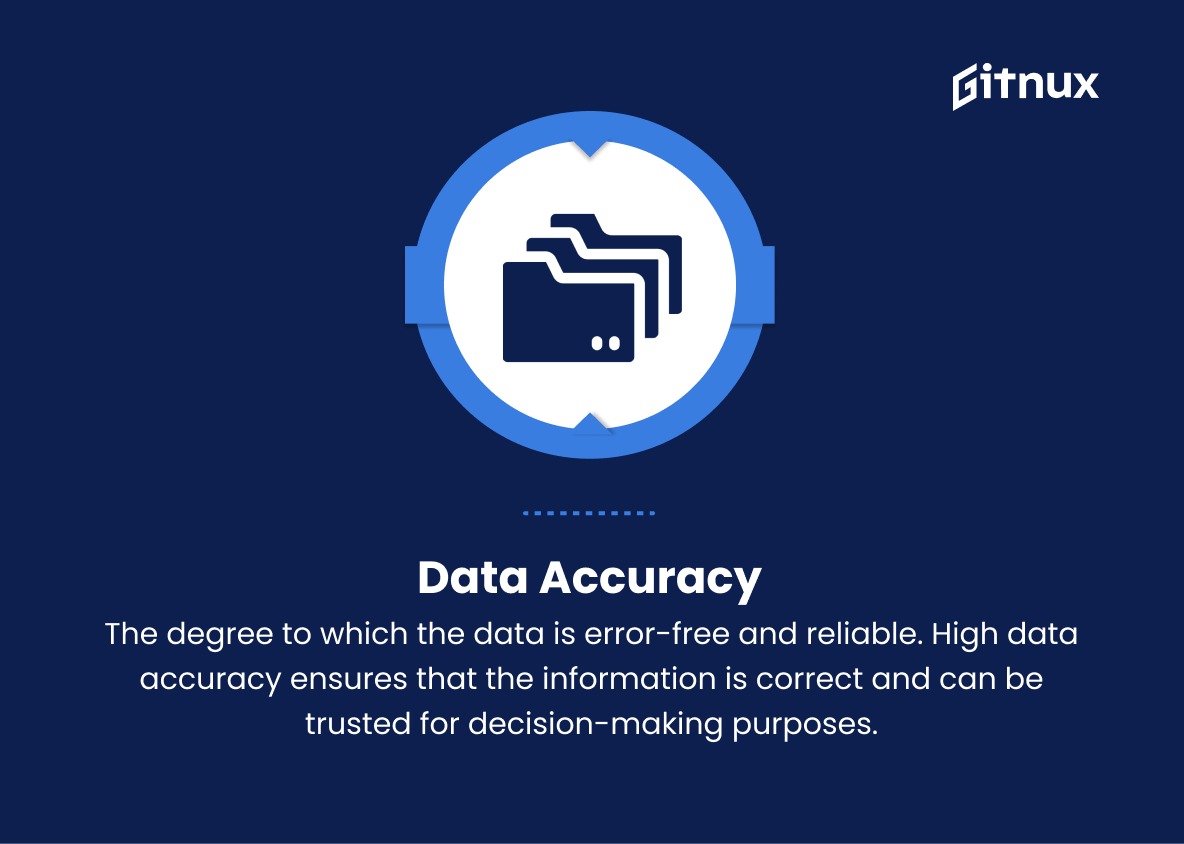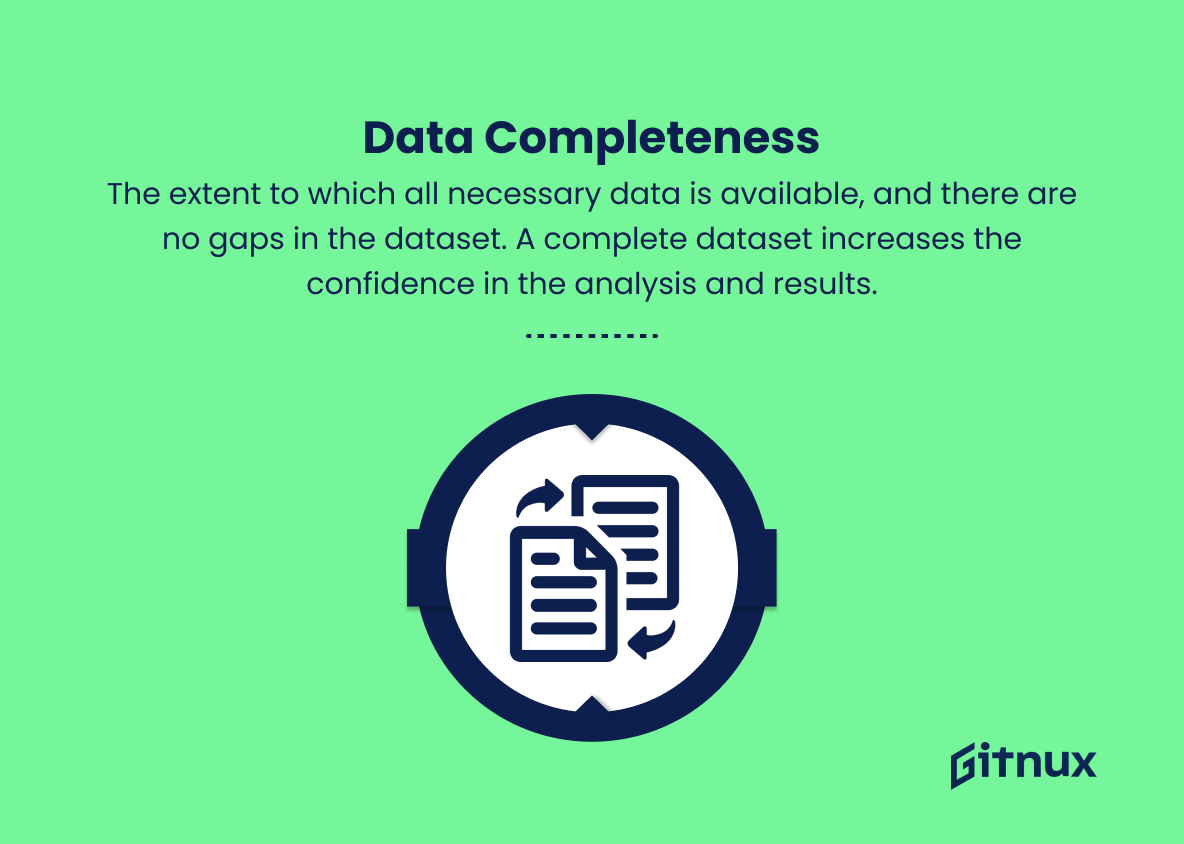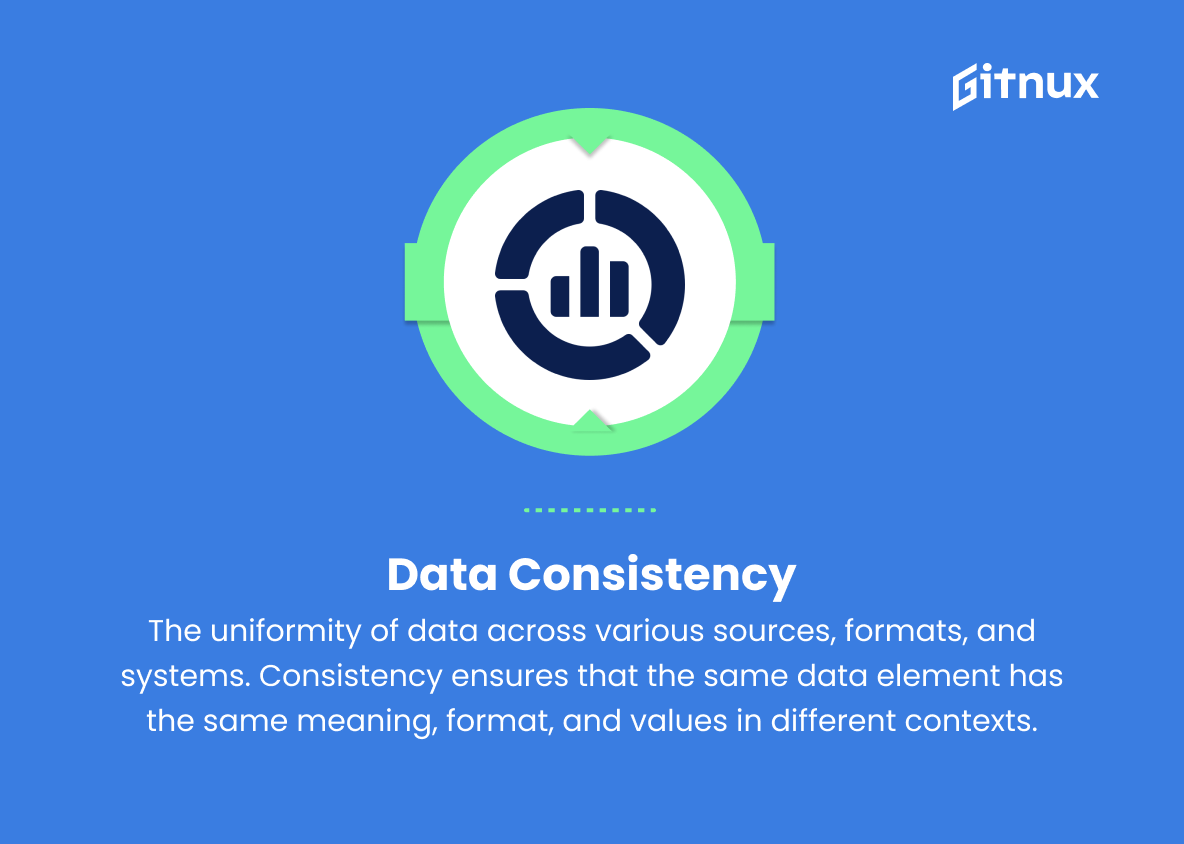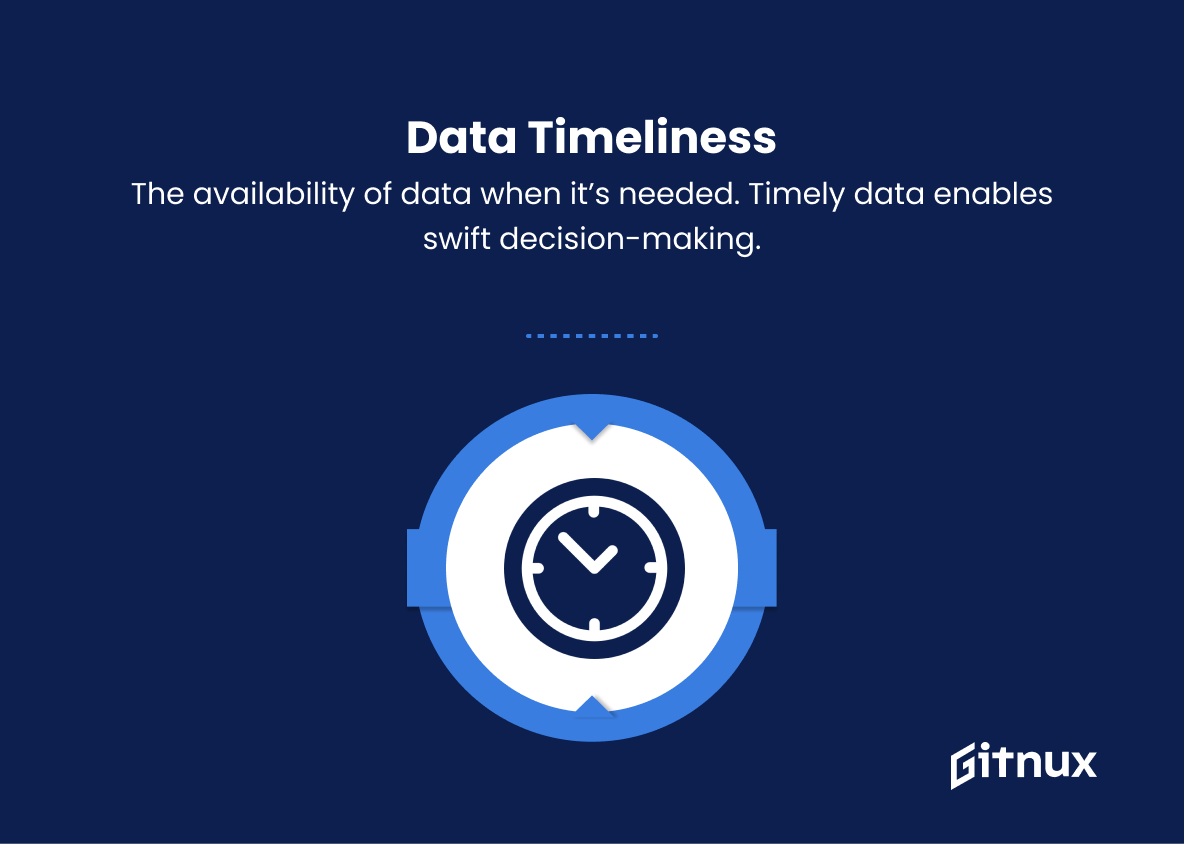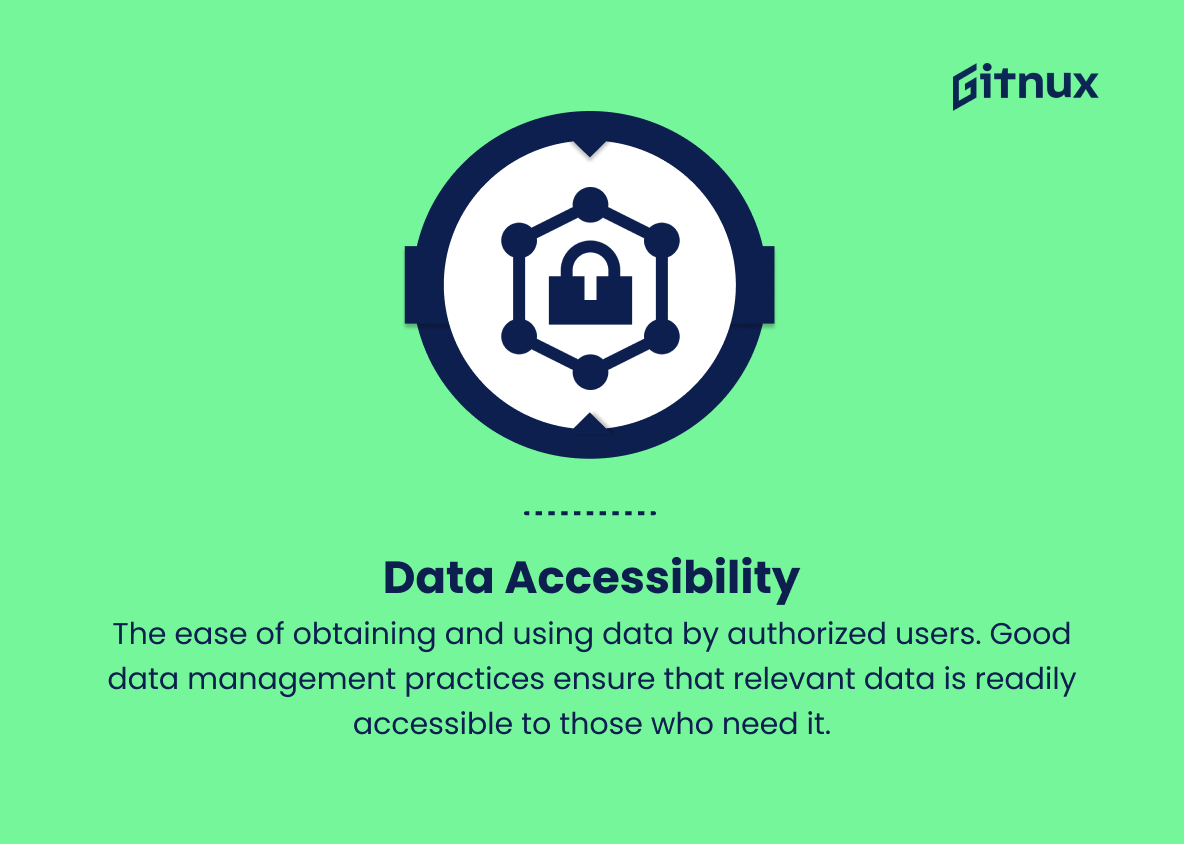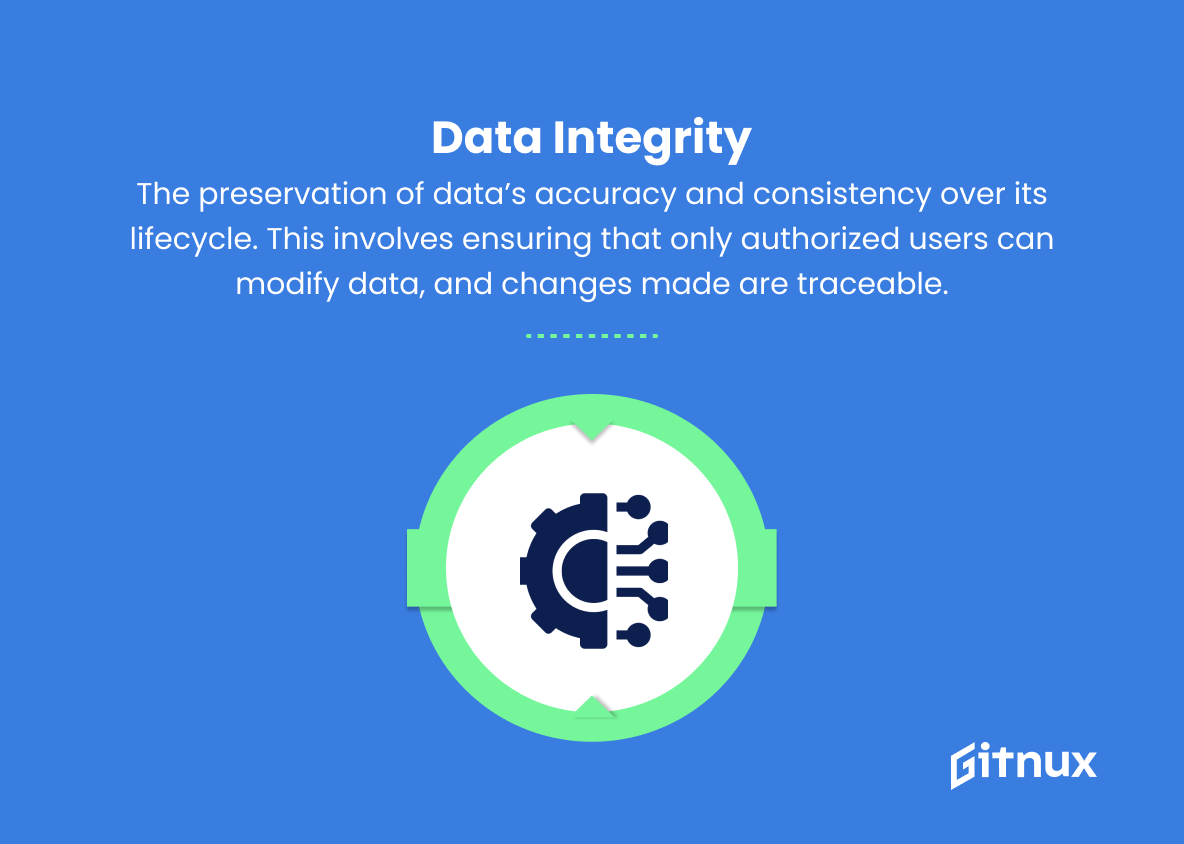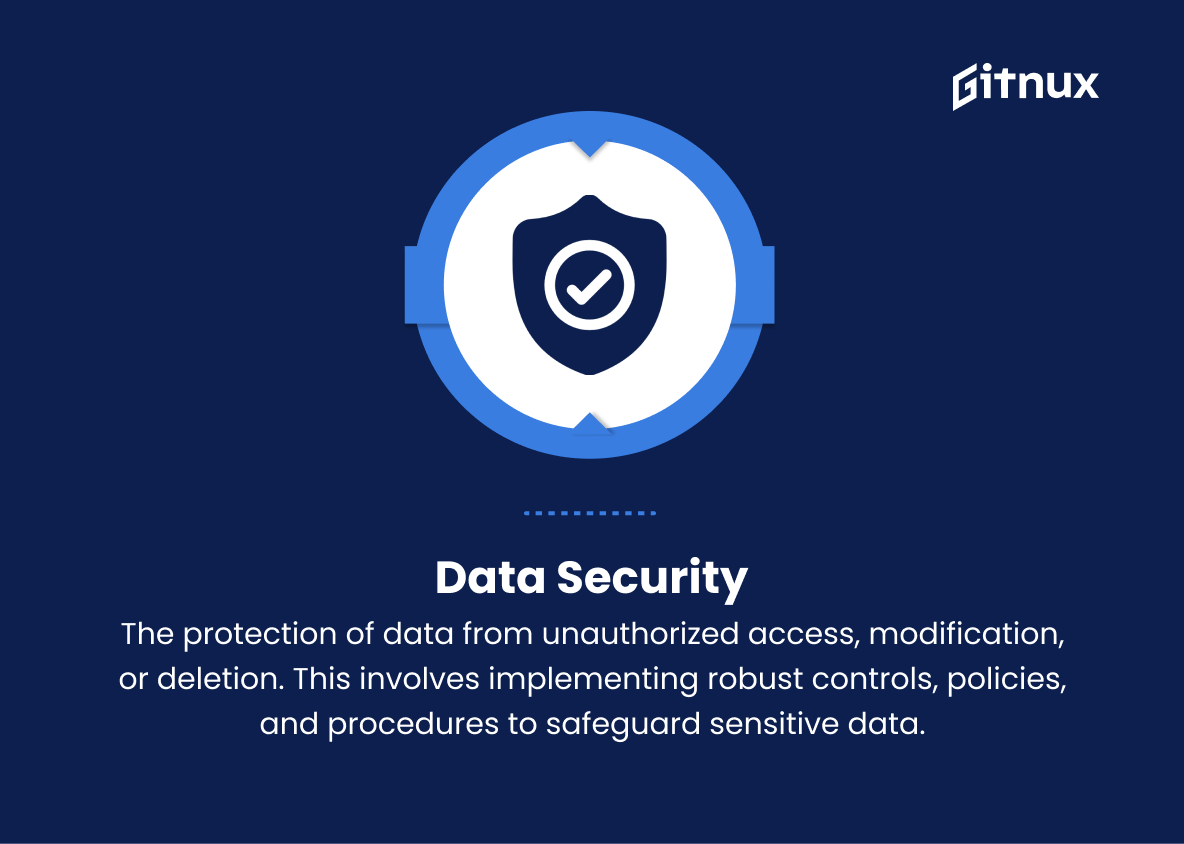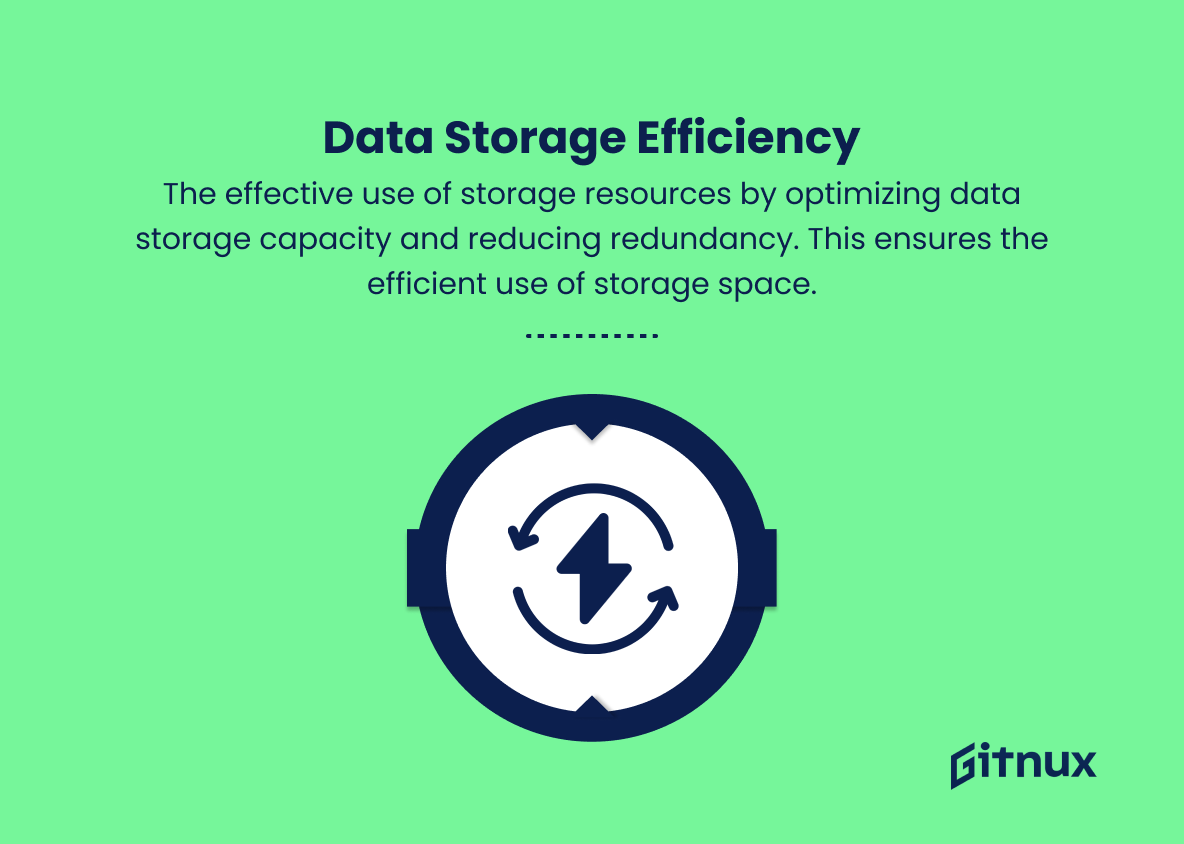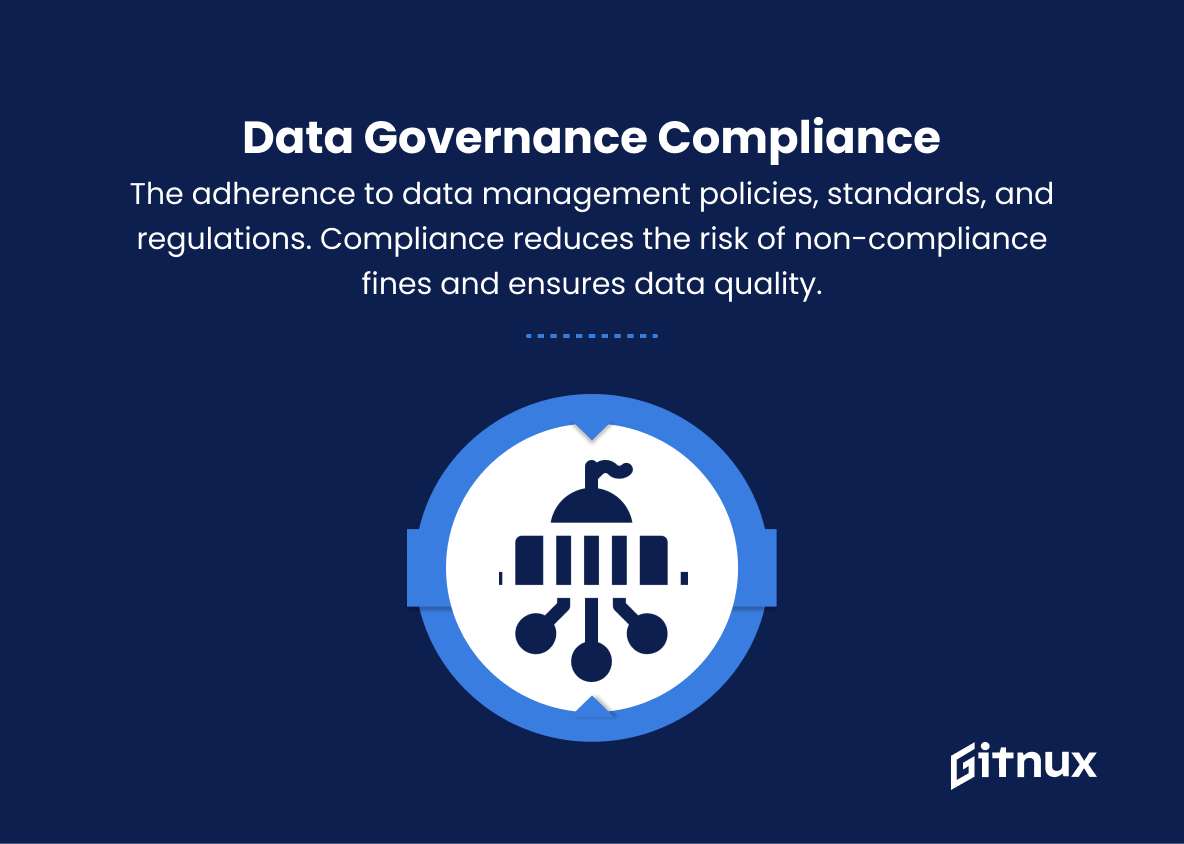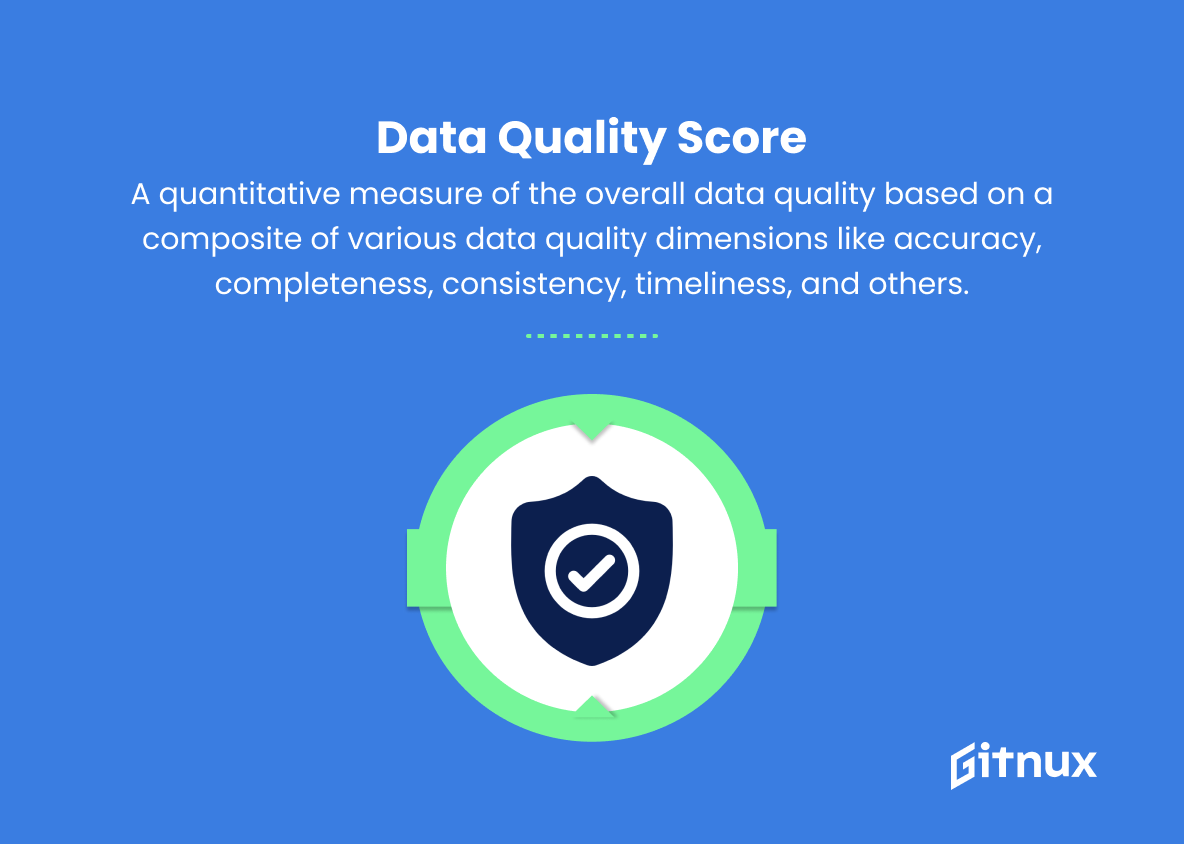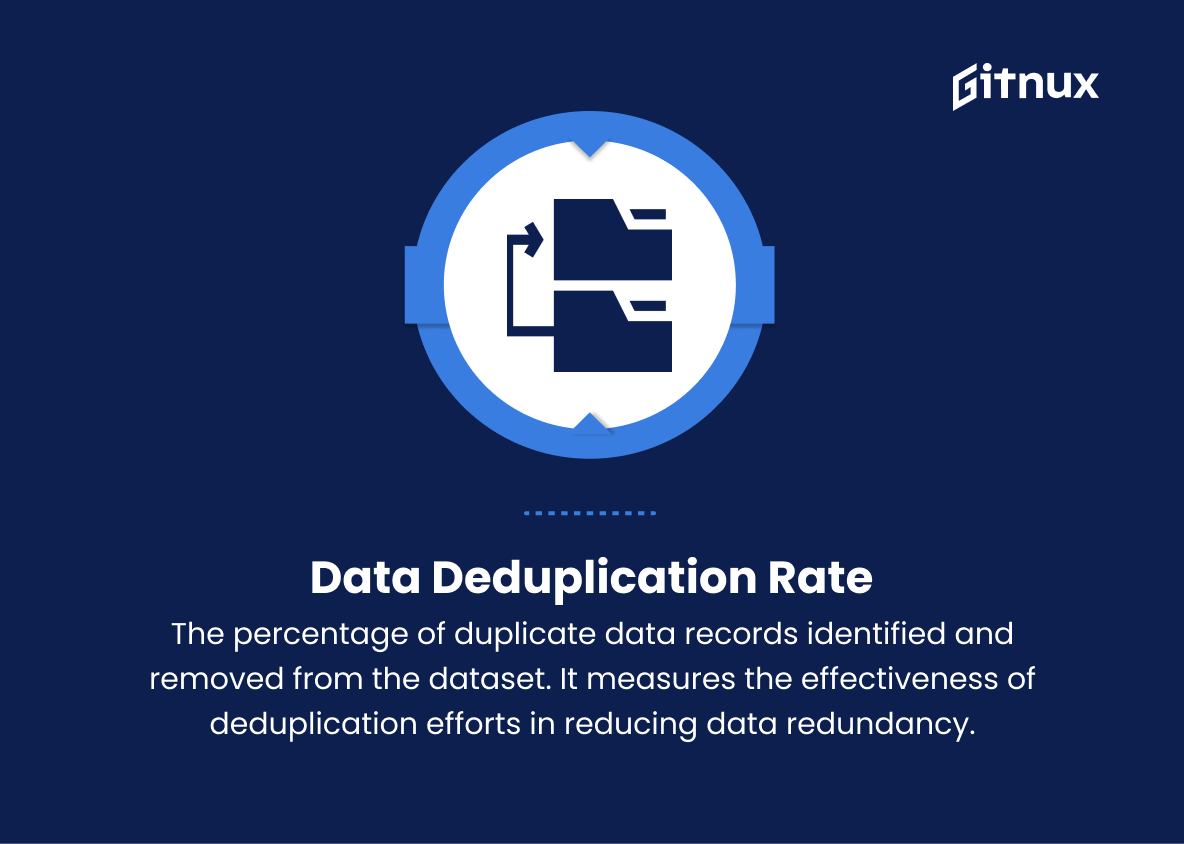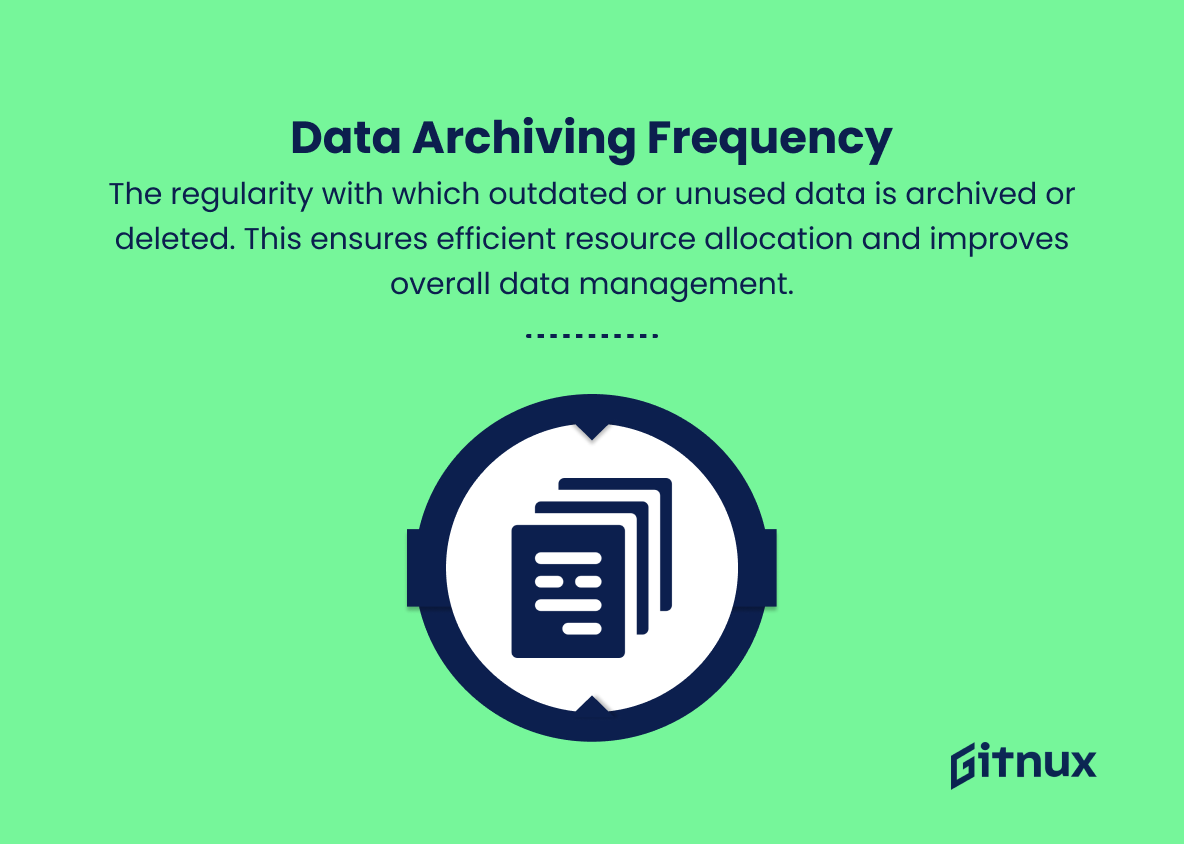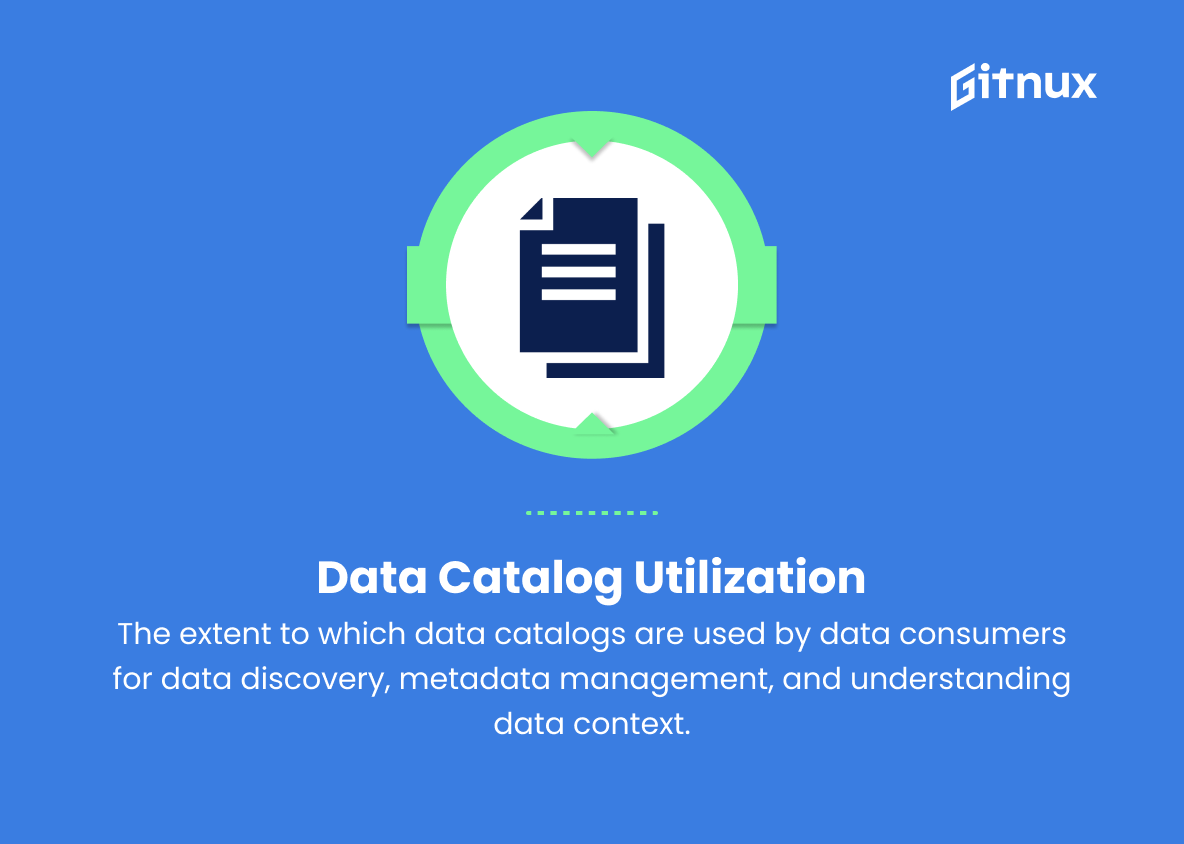In today’s data-driven world, efficient and effective data management has become an indispensable aspect of successful organizations. Data management metrics have rapidly evolved as a critical tool, enabling businesses to measure the performance and effectiveness of their data management processes, identify areas of improvement, and drive informed decision-making.
In this thought-provoking blog post, we will delve deep into the world of data management metrics, shedding light on their significance, the key metrics that every organization should be tracking, and how these measurements can contribute to overall business growth and success. Join us on this fascinating journey as we empower you with actionable insights and knowledge that will enable your organization to transform its data management practices holistically.
Data Management Metrics You Should Know
1. Data accuracy
The degree to which the data is error-free and reliable. High data accuracy ensures that the information is correct and can be trusted for decision-making purposes.
2. Data completeness
The extent to which all necessary data is available, and there are no gaps in the dataset. A complete dataset increases the confidence in the analysis and results.
3. Data consistency
The uniformity of data across various sources, formats, and systems. Consistency ensures that the same data element has the same meaning, format, and values in different contexts.
4. Data timeliness
The availability of data when it’s needed. Timely data enables swift decision-making.
5. Data accessibility
The ease of obtaining and using data by authorized users. Good data management practices ensure that relevant data is readily accessible to those who need it.
6. Data integrity
The preservation of data’s accuracy and consistency over its lifecycle. This involves ensuring that only authorized users can modify data, and changes made are traceable.
7. Data security
The protection of data from unauthorized access, modification, or deletion. This involves implementing robust controls, policies, and procedures to safeguard sensitive data.
8. Data storage efficiency
The effective use of storage resources by optimizing data storage capacity and reducing redundancy. This ensures the efficient use of storage space.
9. Data lineage tracking
Understanding the origin, movement, and transformation of data throughout its lifecycle. Data lineage tracking increases traceability and ensures data quality.
10. Data governance compliance
The adherence to data management policies, standards, and regulations. Compliance reduces the risk of non-compliance fines and ensures data quality.
11. Data integration success rate
The percentage of data integration initiatives that achieve their objectives within their defined timeframes and budgets. This indicates the effectiveness of data integration projects.
12. Data quality score
A quantitative measure of the overall data quality based on a composite of various data quality dimensions like accuracy, completeness, consistency, timeliness, and others.
13. Data deduplication rate
The percentage of duplicate data records identified and removed from the dataset. It measures the effectiveness of deduplication efforts in reducing data redundancy.
14. Data archiving frequency
The regularity with which outdated or unused data is archived or deleted. This ensures efficient resource allocation and improves overall data management.
15. Data catalog utilization
The extent to which data catalogs are used by data consumers for data discovery, metadata management, and understanding data context. This measures the effectiveness of data catalogs in improving data accessibility and knowledge.
Data Management Metrics Explained
Data management metrics are essential in evaluating the effectiveness and efficiency of an organization’s data strategy. They encompass various aspects of data quality, utilization, and compliance to ensure the reliability, completeness, accuracy, and security of data. These metrics provide actionable insights that guide decision-makers in optimizing data management practices to facilitate timely, coherent, and secure access to data while minimizing redundancies, maintaining data integrity, and adhering to governance standards.
They also serve as performance indicators for data integration, deduplication, archiving, and cataloging initiatives, ultimately contributing to the organization’s overall data-driven success. By tracking and monitoring these metrics, organizations can effectively manage their data assets, mitigate risks, and strengthen their competitive advantage in the increasingly data-driven global market.
Conclusion
In conclusion, data management metrics are essential tools that empower organizations to make informed decisions, optimize business processes, and drive innovation. By consistently measuring and analyzing these metrics, businesses can gain unparalleled insights into their data landscape, identify areas for improvement, and establish robust data governance frameworks.
By prioritizing data quality, accessibility, and security, organizations can leverage their data assets effectively to accelerate growth and remain competitive in today’s data-driven world. Embracing a culture of data-driven decision-making that includes proficient data management metrics can ultimately lead to a more efficient, secure, and successful organization.
